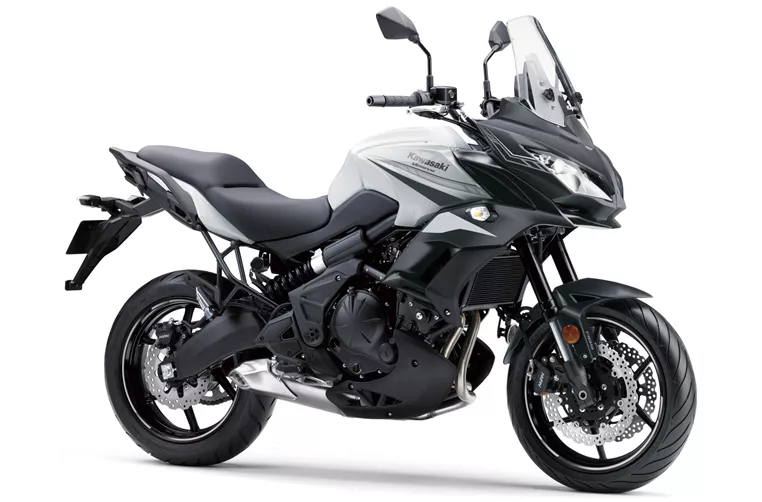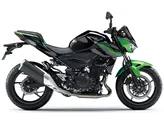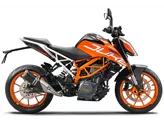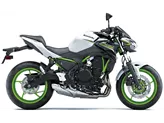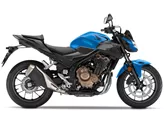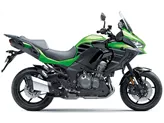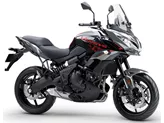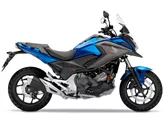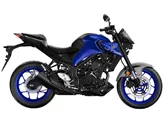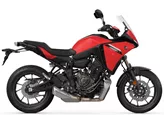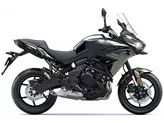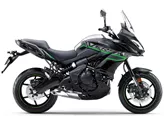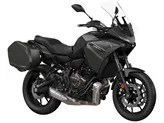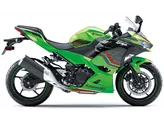Kawasaki Z 400 2019 vs. Kawasaki Versys 650 2020

Kawasaki Z 400 2019
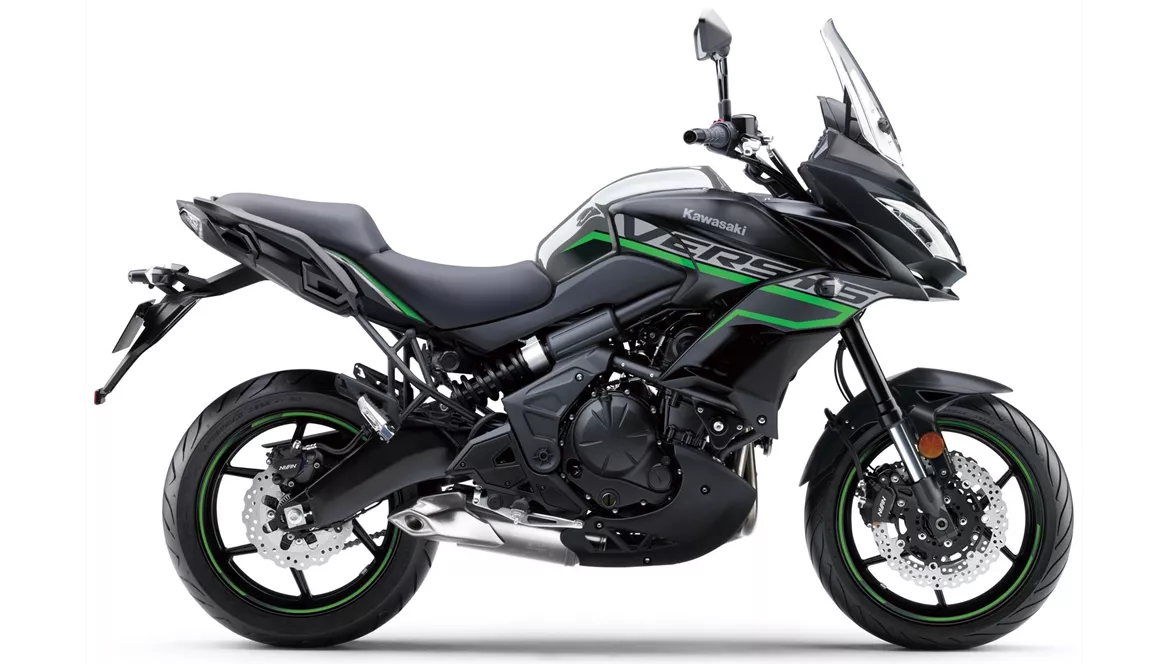
Kawasaki Versys 650 2020
Overview - Kawasaki Z 400 2019 vs Kawasaki Versys 650 2020
The Kawasaki Z 400 2019 and the Kawasaki Versys 650 2020 are two different models with their own unique features and specifications.
Starting with the Kawasaki Z 400 2019, it is a naked bike with a 399cc in-line engine. It has a power output of 45 HP and a torque of 38 Nm. The engine is liquid-cooled and has a 2-cylinder configuration. The Z 400 has an electric starter and a chain transmission. It features a telescopic fork front suspension and a preload adjustable rear suspension. The frame is made of steel, providing stability and durability. The front brake is a single disk with a double piston and petal technology. The Z 400 has a front tire width of 110 mm and a diameter of 17 inches, while the rear tire width is 150 mm with the same diameter. The wheelbase is 1370 mm, and the seat height is 785 mm. With ABS, the Z 400 has a kerb weight of 167 kg and a fuel tank capacity of 14 liters.
On the other hand, the Kawasaki Versys 650 2020 is an enduro motorcycle with a 649cc in-line engine. It has a higher power output of 69 HP and a torque of 64 Nm. Similar to the Z 400, the Versys 650 has a liquid-cooled, 2-cylinder engine with an electric starter and chain transmission. It features an upside-down telescopic fork front suspension and a rebound adjustable rear suspension. The frame is also made of steel. The front brake is a double disk with a double piston and petal technology. The front tire width is slightly wider at 120 mm, and the rear tire width is 160 mm, both with a diameter of 17 inches. The wheelbase is longer at 1415 mm, and the seat height is higher at 840 mm. With ABS, the Versys 650 has a kerb weight of 216 kg and a larger fuel tank capacity of 21 liters.

Kawasaki Z 400 2019
In terms of strengths, the Kawasaki Z 400 2019 offers great power delivery that is very controllable. It is lightweight, which contributes to its agility. The seating position is good, and it produces a great sound. These features make it suitable for novice riders.
On the other hand, the Kawasaki Versys 650 2020 excels in travel comfort, thanks to its pleasant and comfortable chassis. It is easy to use and has a seating position ready for touring. The Versys 650 also offers agile and light-footed handling, making it a versatile option.
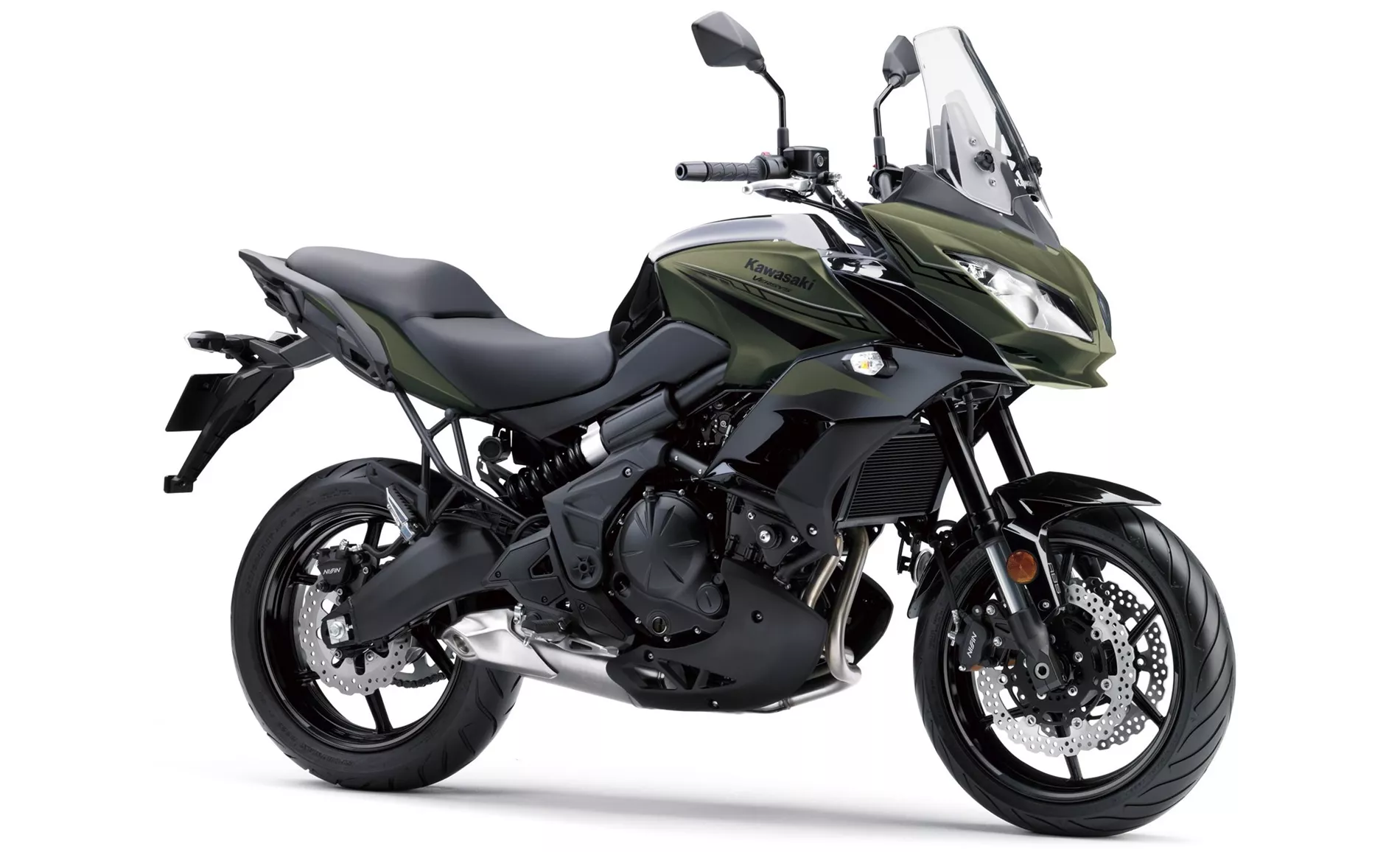
Kawasaki Versys 650 2020
However, both models have their weaknesses. The Kawasaki Z 400 2019 has non-adjustable clutch and brake levers, which may not suit all riders. Its chassis is also limited in terms of adjustability.
The Kawasaki Versys 650 2020 experiences vibrations in the footpegs, which may be uncomfortable for some riders. Its response behavior during the transition from pushing and load operation may also be a drawback. Additionally, the ABS cannot be deactivated, and the weight of the bike is somewhat high.
In conclusion, the Kawasaki Z 400 2019 and the Kawasaki Versys 650 2020 are both impressive models with their own strengths and weaknesses. The Z 400 is a lightweight and suitable option for novice riders, while the Versys 650 offers great travel comfort and versatility. Ultimately, the choice between the two will depend on the rider's preferences and intended use.
Technical Specifications Kawasaki Z 400 2019 compared to Kawasaki Versys 650 2020
Pros and Cons in comparison
Pros and Cons in comparison
Kawasaki Z 400 2019

The Kawasaki Z400 is definitely a great evolution of its predecessor, the Z300. More power, less weight - all around, simply an even better bike. Above all, the linear power delivery and excellent handling make the Z400 an ideal entry-level bike. The ease of clutch operation and good chassis set-up are also in this vein, which is why the Z400 can be recommended to novice riders without hesitation.
Kawasaki Versys 650 2020
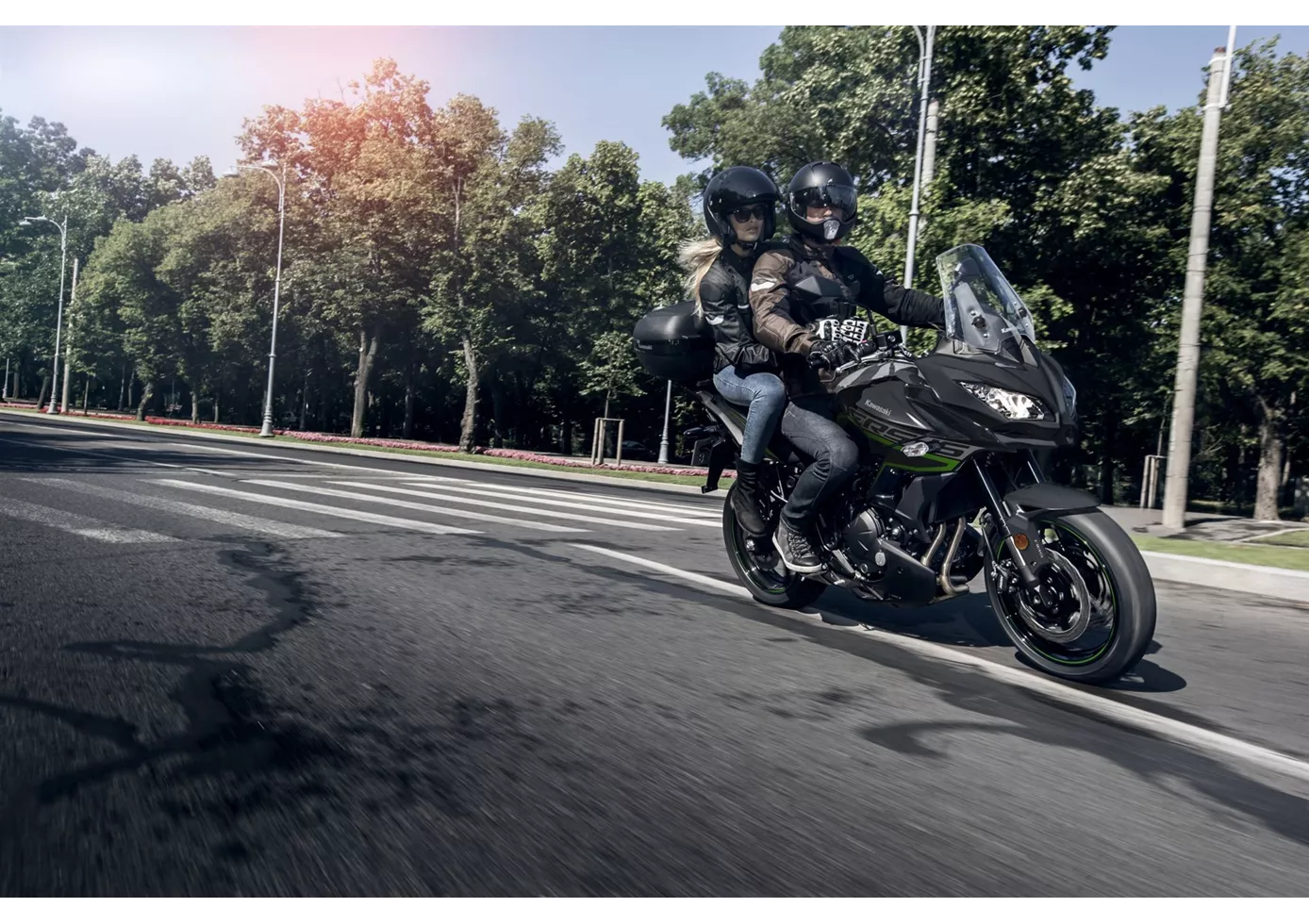
The 2019 model year Kawasaki Versys presented itself as a comfortable, stable yet lively touring machine. The motorbike is versatile and offers high utility value. It is a fully-fledged touring machine that is a pleasure to ride on extended tours. The bike offers a terrific price/performance ratio.
Price Comparison Avarage Market Price Kawasaki Z 400 vs Kawasaki Versys 650
There are a few key differences between a Kawasaki Z 400 2019 and a Kawasaki Versys 650 2020. In terms of price, the actual average price of a Kawasaki Versys 650 2020 is about 46% higher. Compared to Kawasaki Versys 650 2020 there are less Kawasaki Z 400 2019 bikes available on the 1000PS.de Marketplace, specifically 6 compared to 11. It takes less time to sell a Kawasaki Z 400 with 99 days compared to 137 days for a Kawasaki Versys 650. Since model year 2019 1000PS.de editors have written 8 reviews for the Kawasaki Z 400 and 39 reviews for the Kawasaki Versys 650 since model year 2007. The first review for the Kawasaki Z 400 was published on 02/10/2018 and now has more than 23,200 views. This compares to more than 3,900 views for the first review on Kawasaki Versys 650 published on 25/07/2006.

